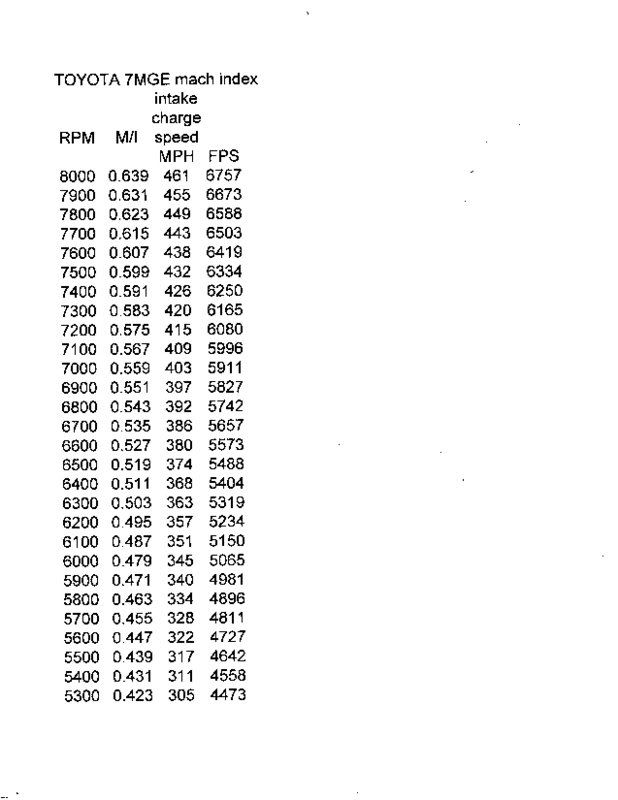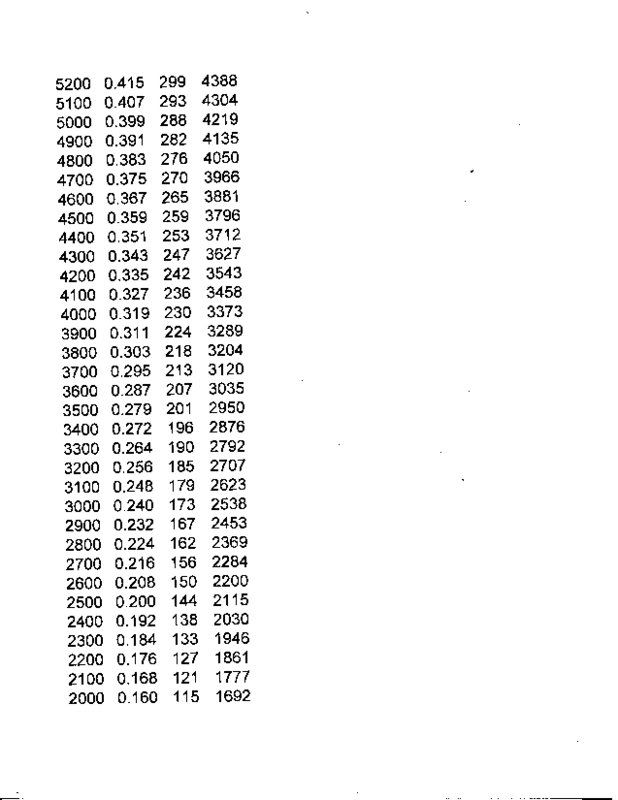Our VE is 88%, correct? I need to know what it is so I can make some calculations on my own (or at least attempt to)
Also, does anyone have calculations on what the plenum volume should be?
Also, an interesting reason why ACIS might not be optimal for higher RPM performance:
Finally, even if we have a tuned Intake Manifold, how will I tune the exhaust manifold/collector setup/exhaust system to keep the peak torque the same as what I calculated in the intake manifold? In other words, how do I make it so that my exhaust system doesn't effect my Intake Manifold calculations for peak torque at XX RPM?
Also, does anyone have calculations on what the plenum volume should be?
Also, an interesting reason why ACIS might not be optimal for higher RPM performance:
Some Smart Guy on an Integra Website said:we can use 2 sets of runners with different lengths in one IM in order to have 2 different peak torques and overcome this tradeoff. However, the penalty for using 2 sets of runners is an increase in surface area which diminishes flow quality at higher rpm and therefore limit upper rpm power (eg. Integra GSR's 2 stage IM with dual variable length runners ). The problem of added area is neatly solved in the new 4th generation Integra RSX Type S 2 stage IM by using a roller valve. ]
Finally, even if we have a tuned Intake Manifold, how will I tune the exhaust manifold/collector setup/exhaust system to keep the peak torque the same as what I calculated in the intake manifold? In other words, how do I make it so that my exhaust system doesn't effect my Intake Manifold calculations for peak torque at XX RPM?


